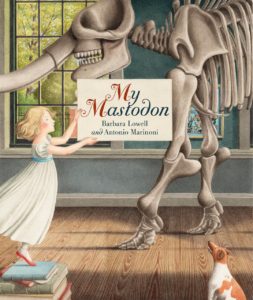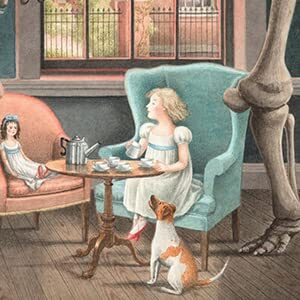My Mastodon
Illustrated by Antonio Marinoni
2021 Oklahoma Book Award Winner
A “Great Reads from Great Places” Book for the 2021 National Book Festival of the Library of Congress
Kirkus Starred Review
https://www.kirkusreviews.com/book-reviews/barbara-lowell/my-mastodon/
Accomplished illustrations further elevate this engaging introduction to America’s first family of science — Kirkus Starred Review
It’s a sweet and remarkable story, with Marionini’s exquisite illustrations inviting the reader directly into the Peales’ museum home, a world of taxidermic animals and towering skeletons — Booklist Review
Nurtured by intelligent eccentric family members and permitted familiarity with priceless scientific curiosities, Sybilla has an ideal Enlightenment-era childhood — Publishers Weekly
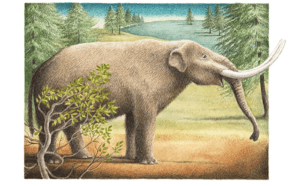
Creative Editions/The Creative Company https://www.thecreativecompany.us
Inspired by the 19th century lives of artist and scientist Charles Willson Peale’s family, this is a tale of his daughter Sybilla and her favorite companion — a fossilized mastodon.
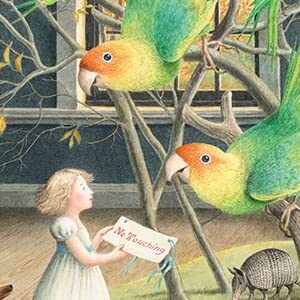
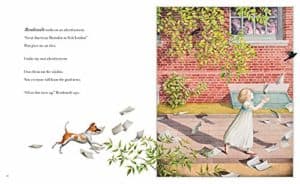
I have always loved visiting natural history museums. My favorite is the Museum of Natural History in New York City. When I learned that Sybilla Peale lived in one, I knew I had to write a story about her.
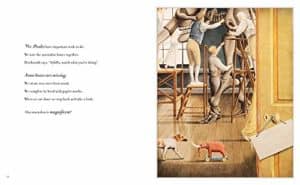
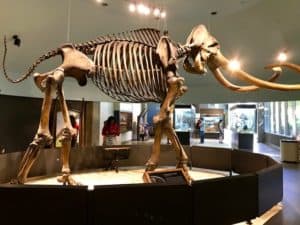
American Mastodon at La Brea Tar Pits, Los Angeles
ISBN: 978-1568463278
Buy books at:
(The link will take you directly to the book.)
Creative Editions: https://thecreativecompany.us/products/my-mastodon-978-1-56846-327-8
Bookshop: https://bookshop.org/
Amazon: https://www.amazon.com
Barnes & Noble: https://www.barnesandnoble.com
Books-A-Million: https://www.booksamillion.com
To see more of my books: https://barbaralowell.com/books-2/


